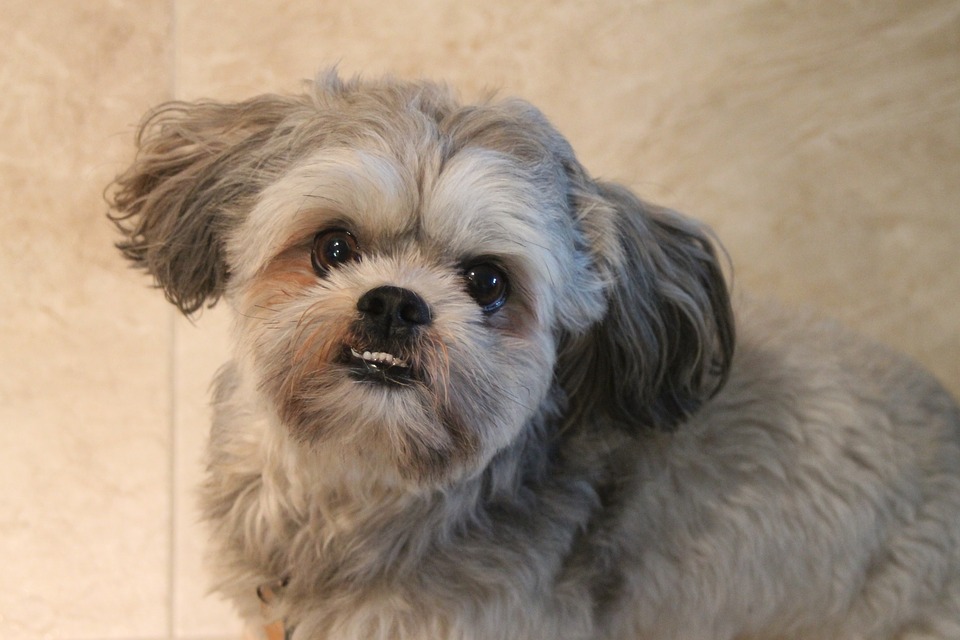
Shih Tzus: Your new pet
History of the Breed:
The Shih Tzu, often referred to as the «lion dog» due to its regal appearance, is an ancient breed with roots in Tibet. Bred as companions for Chinese royalty, Shih Tzus were highly prized for their beauty, grace, and affectionate nature. They were treasured members of the royal court and were often pampered and adorned with luxurious coats. Today, Shih Tzus are beloved family pets and valued for their charming personality and loyal companionship.
Physical Characteristics:
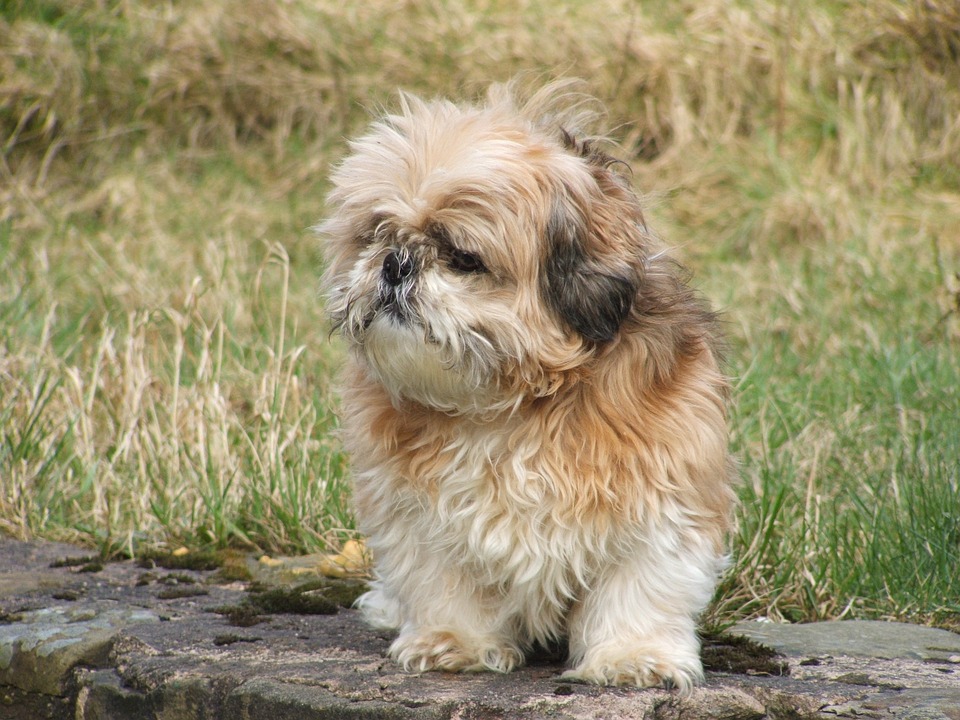
Shih Tzus are small, sturdy dogs with a distinctive appearance characterized by their long, flowing coat and distinctive facial features. They typically weigh between 9 to 16 pounds and stand around 9 to 10.5 inches tall at the shoulder. Their double-layered coat comes in various colors, including gold, white, black, and brindle, with a luxurious, silky texture. They have a broad head, dark, expressive eyes, and a sweet, affectionate expression.
Health and Basic Care:
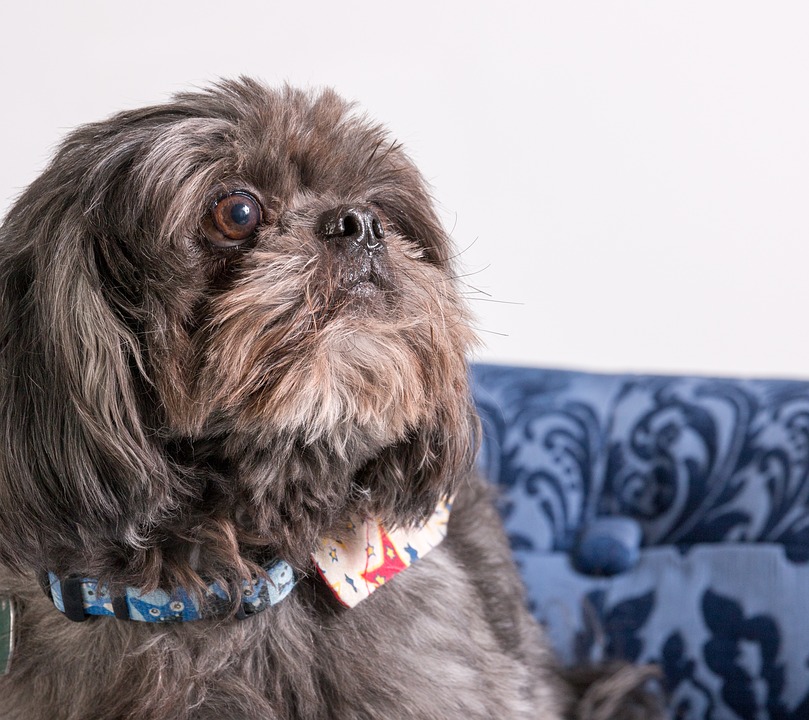
Shih Tzus are generally healthy dogs with a lifespan of around 10 to 18 years. However, they may be prone to certain health issues such as brachycephalic syndrome, hip dysplasia, patellar luxation, dental problems, and eye conditions like cataracts and progressive retinal atrophy (PRA). Regular veterinary check-ups, a balanced diet, dental care, exercise, grooming, and parasite prevention are essential for maintaining their health and well-being.
Temperament and Personality:
Shih Tzus are known for their affectionate, outgoing, and friendly nature. They are loyal and devoted companions that form strong bonds with their families. Despite their small size, they have a confident and independent demeanor, with a tendency to be friendly towards strangers and other animals. They have a playful and lively personality and enjoy spending time with their loved ones.
Training and Socialization:
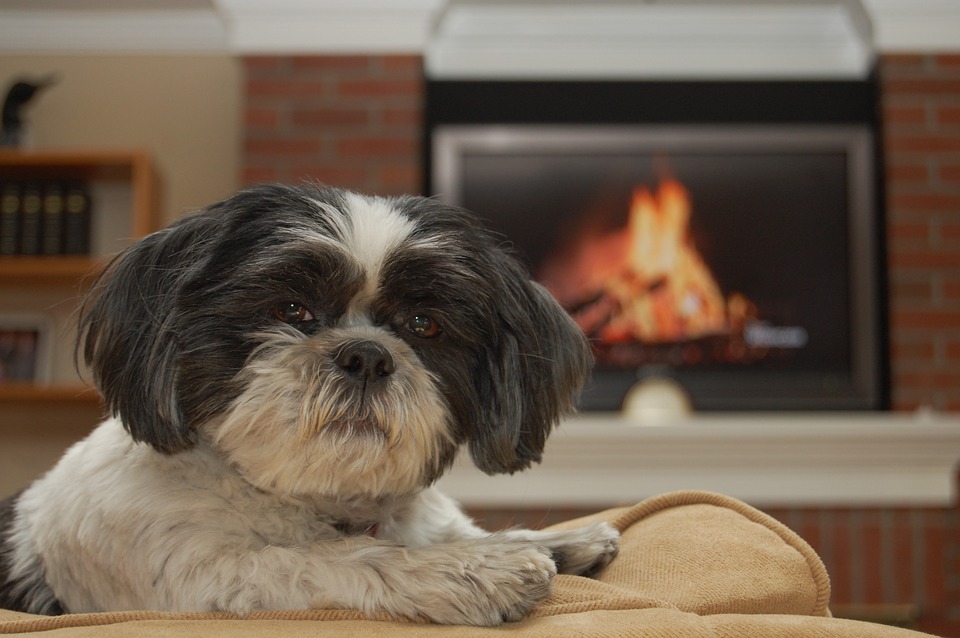
Shih Tzus are intelligent dogs but can be a bit stubborn and willful, which may make them somewhat challenging to train. Early socialization and consistent, positive reinforcement training are essential to help them develop good manners and behavior. They respond best to firm, patient, and gentle training methods.
Nutrition:
A balanced diet tailored to their size, age, and activity level is essential for Shih Tzus’ health and well-being. Feeding them high-quality dog food formulated for small breeds will provide them with the nutrients they need to thrive. Portion control is important to prevent obesity, which can lead to health issues, and fresh water should always be available.
Suitable Environment:
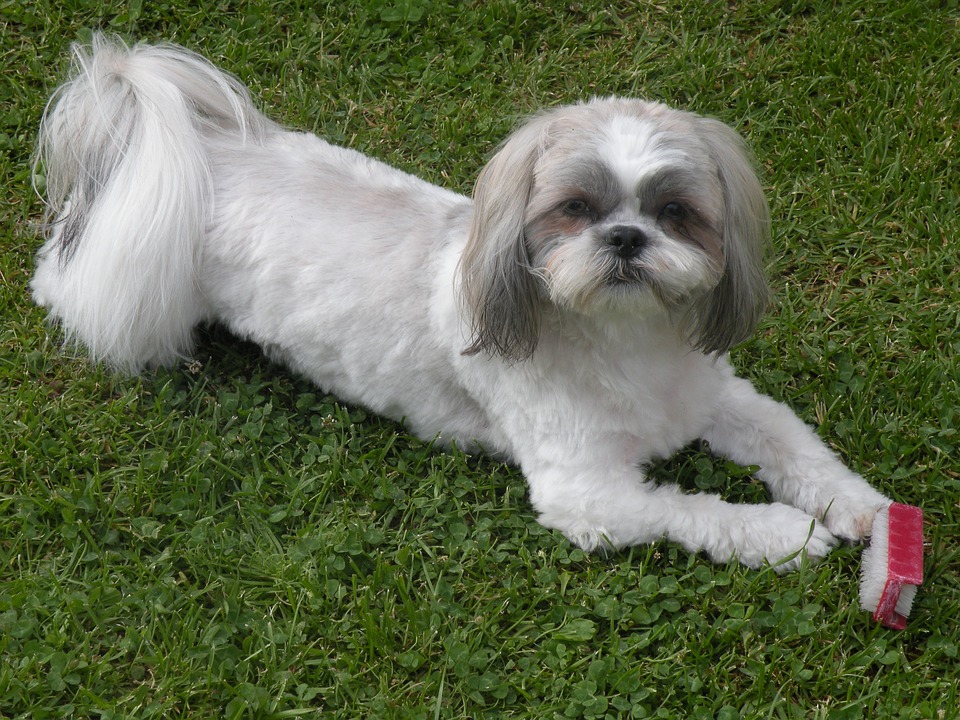
Shih Tzus are well-suited to indoor living and make excellent house dogs. They are adaptable dogs that can thrive in various living situations, including apartments, houses, and urban environments. They enjoy being close to their families and prefer to be indoors, although they also appreciate spending time outdoors in a secure and supervised environment.
Frequently Asked Questions:
Is a Shih Tzu a good house dog?
- Yes, Shih Tzus are excellent house dogs and thrive in indoor living environments. They are well-suited to apartment living and enjoy being close to their families.
Do Shih Tzus bark a lot?
- Shih Tzus may bark occasionally to alert their owners to visitors or other stimuli, but they are not known as excessive barkers. Proper training and socialization can help manage their barking behavior.
Is Shih Tzu a high maintenance dog?
- Yes, Shih Tzus can be high maintenance dogs due to their long, flowing coat, which requires regular grooming to prevent mats and tangles. They also need regular veterinary care, dental care, exercise, and attention to their health and well-being.
Are Shih Tzus difficult to train?
- Shih Tzus can be somewhat challenging to train due to their independent and stubborn nature. Consistent, patient, and positive reinforcement training methods work best with this breed.
Can Shih Tzu be left alone?
- Shih Tzus may be able to be left alone for short periods, but they prefer to be close to their families and may become anxious or bored if left alone for extended periods. They may benefit from having a companion or a pet sitter when left alone.
How intelligent are Shih Tzus?
- Shih Tzus are intelligent dogs with a playful and curious nature. While they may not always excel in obedience training, they are quick learners and enjoy interactive games and activities with their owners.
How long do indoor Shih Tzus live?
- Indoor Shih Tzus typically have a lifespan of around 10 to 18 years, depending on various factors such as genetics, diet, exercise, and overall care. Providing them with a healthy lifestyle and regular veterinary check-ups can help ensure they live a long and happy life.
